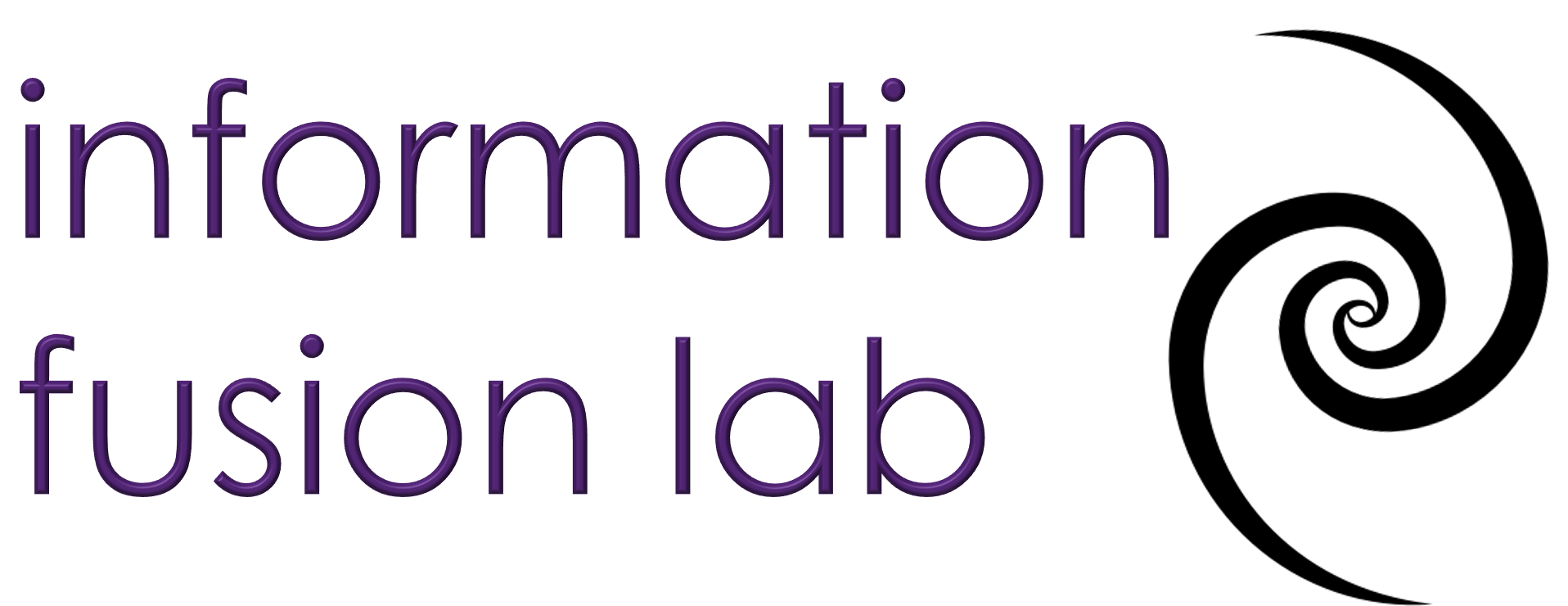4Thought: Early Forecasting of Alzheimer’s Disease
Project 4Thought aims to preemptively forecast Alzheimer’s disease. We are looking to identify subjects who will get Alzheimer’s at least 2 years ahead of the standard diagnosis, based on brain structural MRIs and cognitive test scores.
4Thought was homegrown here at CICS in the Information Fusion Lab, supported by the Manning/IALS Innovation Award. 4Thought was initially led by Joie Wu, and is now led by Sidong Zhang. Our mentors from IALS are Peter Reinhart and Karen Utgoff.
Detailed Description of Project 4Thought
Alzheimer’s disease (AD) is a degenerative condition that causes major changes in the brain, leading to cognitive decline and death in a matter of a few years. AD is incurable, many treatments have been tried, immense effort has been expended into clinical trials and nothing has worked so far. The main reason is that, by the time AD is diagnosed, 60% of brain matter is gone and the process is irreversible. The sketch on the left in the image below shows this degeneration. In this project, we’re trying to identify people that will almost definitely get Alzheimer’s at least 2 years ahead of an official diagnostic. We’ve used data from the ADNI study that monitors people every 6 months over a period of a few years. In that study, some people go from cognitively normal (CN), to cognitively impaired (MCI), to then being diagnosed with AD. ADNI contains brain MRIs and pet scans that document these transitions – these are shown on the right in the image below.
The question we are trying to answer is: can we identify those that will get AD while they’re still in the CN stage? If so, we could try to preemptively treat them.
To achieve this, we came up with a framework called FLARe, which focuses on long-term forecasting. The idea behind it is that we learn some abstractions of the subject’s health state and we forecast this abstraction. Then, we learn how to map the abstract health status to a diagnosis. Intuitively, FLARe works as the deep learning version of an HMM.
Below are some preliminary results. First, we compared against the s.o.t.a. Most of the existing algorithms are only evaluated for a forecasting window of 6 months in advance, which we know is insufficient. The green bar shows the contender which does ok for a forecasting window of 6-12 months, but once we go beyond that the F1 score plummets. FLARe is better across the board, but especially over long-term time windows, which is exactly what we’ve designed it for.
More recently, we obtained preliminary results showing that the fusing of several modalities, cognitive test scores, volumetric features from the brain, raw brain images, in the forecasting framework results in performance improvement over relying on any single modality. We are researching different ways to integrate these modalities, some using the same principles as ShortFuse, while others considering the redundancy of information encoded with different modalities. We are also incorporating domain knowledge about affected areas of the brain and considering differences in scans between consecutive visits.
One of the long-term objectives of this study is to provide some analysis of the images to radiologists and identify some areas of interest in the MRIs.
Also, once completed, our framework will be included in a multi-stage selection procedure of study subject cohorts for clinical trials of AD prevention drugs.
Resources
- Link to FLARe blog post and code
https://github.com/Information-Fusion-Lab-Umass/flare
- Link to code for AD diagnostics replication study
https://github.com/Information-Fusion-Lab-Umass/alzheimers-cnn-study
Publications
- Yeahuay Joie Wu, Surya Teja Devarakonda and Madalina Fiterau, FLARe: Forecasting by Learning Anticipated Representations, Machine Learning in Healthcare Conference August 2019. https://arxiv.org/abs/1904.08930
- Yi Ren Fung, Ziqiang Guan, Ritesh Kumar, Yeahuay Joie Wu and Madalina Fiterau, Alzheimer’s Disease Brain MRI Classification: Challenges and Insights, IJCAI ARIAL Workshop August 2019. https://arxiv.org/abs/1906.04231
- Ziqiang Guan, Ritesh Kumar, Yi Ren Fung, Yeahuay Wu and Madalina Fiterau, A Comprehensive Study of Alzheimer’s Disease Classification Using Convolutional Neural Networks, Tech Report. ArXiv April 2019. https://arxiv.org/abs/1904.07950
Acknowledgements
- Manning/IALS Innovation Award: funding for the 4Thought project, focused on providing tools for the early detection of Alzheimer’s Disease from brain fMRIs and patient records.
- The data used for this research were obtained from the Alzheimer’s Disease Neuroimaging Initiative (ADNI) database (adni.loni.usc.edu). The ADNI was launched in 2003 as a public-private partnership, led by Principal Investigator Michael W. Weiner, MD. The primary goal of ADNI has been to test whether serial magnetic resonance imaging (MRI), positron emission tomography (PET), other biological markers, and clinical and neuropsychological assessment can be combined to measure the progression of mild cognitive impairment (MCI) and early Alzheimer’s disease (AD). For up-to-date information, see www.adni-info.org.
